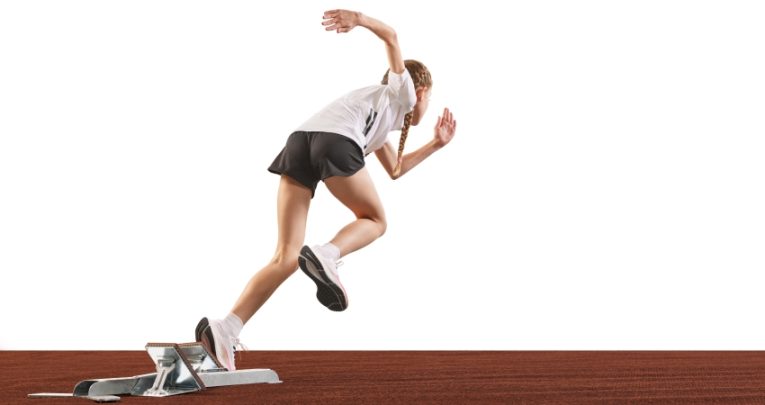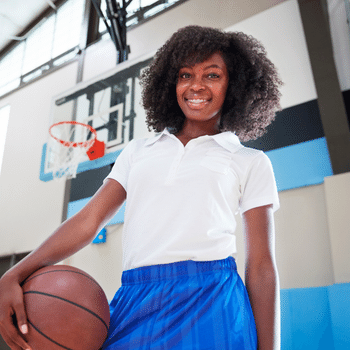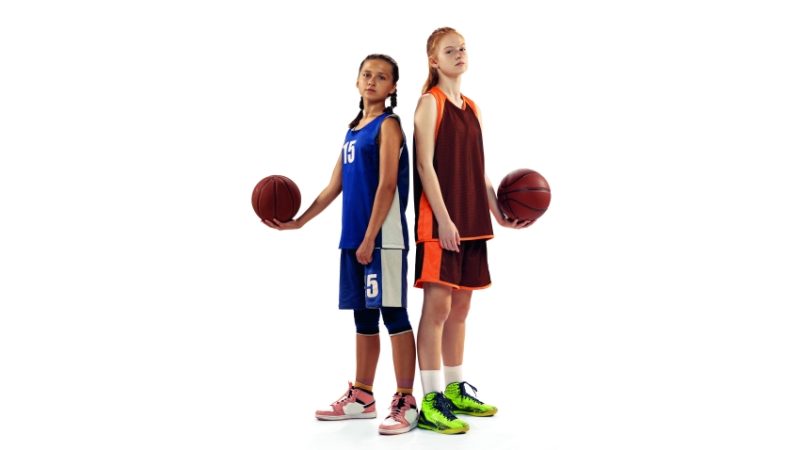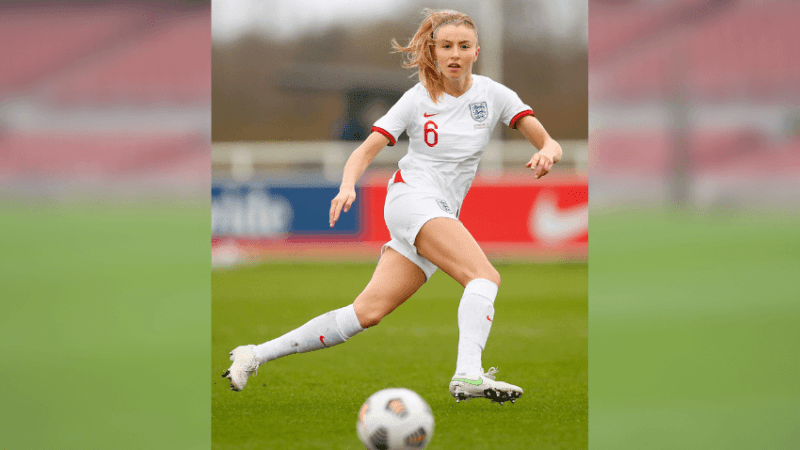Student inclusion – How to craft PE lessons for everyone

In many respects, PE lessons are far more inclusive than they used to be – but there’s still room for improvement, observes Zeph Bennett…

- by Zeph Bennett

Firstly, I’d like to put it on record what a fantastic job PE teachers do in SEND schools to provide opportunities for students to engage in physical activity. Working in a mainstream secondary school, I know that I’m worlds away from the challenges my counterparts face on a daily basis in specialist settings.
That said, let’s be clear from the outset – schools, and PE departments in particular, have a responsibility under the Equality Act 2010 to prevent discriminatory participation. Schools must also ensure that students with SEND have access to the same adapted curriculum as other students, and that the same opportunities for learning and
development are promoted to all students equally.
Long gone are the days when one would see SEND students standing on the sidelines officiating, or acting as equipment monitors during lessons. Nowadays, students are bound by ever-expanding curriculum options to demonstrate progress through participation.
Battling misconceptions
Before we look at the PE curriculum itself, it’s worth noting how schools must battle several misconceptions before the planning and implementation of a new curriculum can even begin.
One challenge in recent years has been disengagement among students and parents due to the belief that a child’s motor cognitive skills aren’t appropriate for traditional PE lessons. This form of disengagement is usually supported by parents, and will often lead to alternative provision that ensures the student will rarely, if ever, experience physical activity within a school setting.
Thankfully, however, following the introduction of the Statutory Inclusion Statement in 2003 (since replaced by Education, Health and Care plans) this kind of arrangement would raise significant red flags during a school’s inspection. Curriculums must now be modified to accommodate all students, and any potential barriers to participation removed as part of the curriculum planning process.
As such, the main problem in this area in 2023 is ensuring that parents are on board with schools’ efforts to increase physical activity opportunities for their children, and helping parents overcome the unconscious bias of their own PE experiences decades before.
Curriculum depth
Admittedly, PE does still involve a certain degree of competition-based learning compared to other subjects, with students in mixed ability sets regularly playing games against each other during lessons.
This isn’t the PE that some may remember from the 1980s, though. The subject’s curriculum depth and variety has since increased significantly, with many schools now opting for a choice-driven approach to curriculums at KS4 where students can participate in gym classes, trampolining, table tennis and volleyball, among other activities.
At KS3 there’s now much more emphasis on developing students’ basic motor skills – think catching, throwing and jumping – rather than focusing primarily on their progress in traditional ‘invasion’ games like hockey, football and rugby.
The importance now placed on strength and conditioning in elite sports has trickled down into PE curriculums, with a growing number of schools having on-site gym rooms, thus broadening the range of physical activities students can choose from.
Yet for all that, we can’t pretend that SEND provision in PE is good enough. One statutory requirement is for students with SEND who require TA support to have this in PE lessons. As a PE practitioner for 27 years, I can confirm that this is sadly often not the case, and that students with severe motor coordination difficulties aren’t always accompanied
in lessons.
One can lay the blame for this at the school, but if you dig a little deeper, the problem invariably leads back to central funding cuts, and the necessity to ensure that classrooms are supported by an ever decreasing pool of available TAs.
The TA problem
When I recently ran a Twitter poll asking PE practitioners about the support they saw being provided, only 44% of respondents stated having specific SEND support in place during their PE lessons. PE departments have increasingly had to adapt to teaching students with SEND without the aid of specialist TAs.
At first glance, this would seem like an impossible situation – but what we’ve actually seen is a remarkable evolution of curriculum intent. Curriculums designed around the progress of individual needs with physical activities (such as specific sports) is often now a secondary consideration. Those PE departments that make inclusive education work will thread adapted activities into their curriculum seamlessly, allowing all students to experience physical activity on some level.
One PE department currently on this journey of evolution can be found at Carlton Bolling school in Bradford. Head of PE Paul Brennan initially arrived to find a department where ‘inclusion’ amounted to SEND students acting as assistants to the teacher, rather than learners within the class.
This being far from what Paul wanted, he promptly rewrote the department’s curriculum intent to ensure that all students could take part in warm-ups, and fully participate in adapted drills and games within a mixed ability setting.
Paul has since carefully crafted a second curriculum that runs in parallel with the main curriculum, which enables students to get involved at different points along a specific unit of work. This adapted curriculum employs the STEP model, whereby ‘Space’, ‘Task’, ‘Equipment’ and ‘People’ considerations are mapped out so that student participation
is maximised.
Key to its success is giving SEND students a role within every drill or game – whether it be taking kick off, or taking free hits in a small game of hockey. The department’s adapted curriculum is still in its early stages, but based around a model that’s increasingly being seen as the norm in many PE departments across the country.
After-school issues
And yet, despite the gradual diminishing of barriers to lesson participation, access to extracurricular activities remains a hot topic. Most schools offer an extensive programme of after-school sporting and physical activities, but uptake among SEND students remains low.
This can primarily be down to after-school options being weighted in favour of competitive fixtures and team practice – and with even less availability of support staff, the activities on offer will hence be less varied compared to PE lessons.
After a second Twitter poll canvassing people’s thoughts on extracurricular PE activities specifically for SEND students, I found that an overwhelming 81% of respondents were based at schools that didn’t provide any.
Over time, we’ve learnt that curriculums have to be adapted if they’re to be inclusive. It follows that if we fail to do the same when it comes to extracurricular provision, we simply won’t attract students with SEND to those sessions. For our part, we run a SEND trampolining club once a week – a regular session that initially started with five students, and which now frequently attracts 25+.
Ever-evolving
The PE curriculum continues to evolve at pace, with departments broadening their offerings and developing dual purpose curriculums. Specific support for SEND students is proving to be an ongoing issue, however, in the face of educational cutbacks and the spreading of limited TA capacity across multiple subjects.
As a result, departments are becoming ever more ingenious in their efforts to improve student participation, amid a proliferation of new sports and hybrid activities designed to be non-invasive and non-competitive that strike a chord with students and teachers alike.
Competitive Boccia festivals are now organised by a number of local authorities which successfully draw in most schools – but with these typically only taking place annually, the next step must be to integrate more extracurricular opportunities for SEND students throughout the year.
Finally, it’s worth noting that the vast majority of SEND students participate in PE without any need for an adaptive curriculum, thriving and progressing like any other student. This serves to show how a successful curriculum pathway for SEND students can be both progressive and supportive, depending on the individual needs of the students in question.
Zeph Bennett (@pegeekscorner) is a PE teacher and illustrator, and works as an achievement lead at Werneth High School










